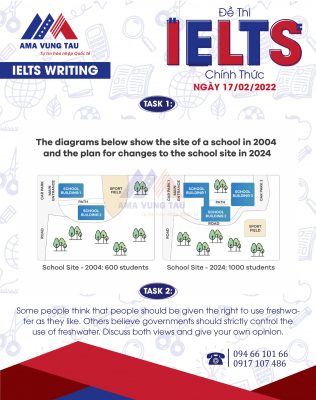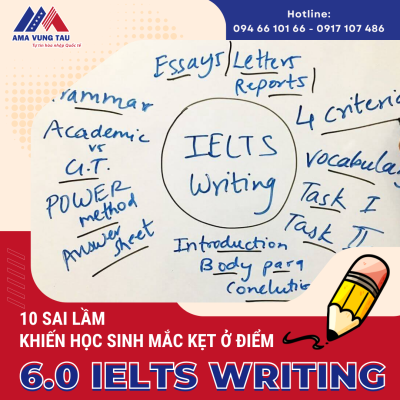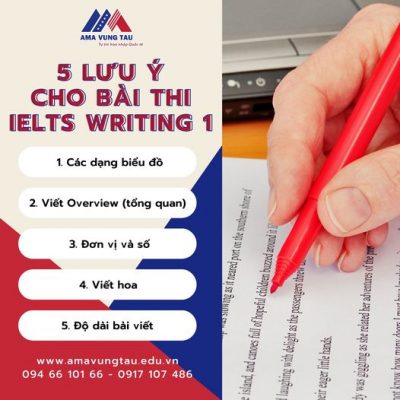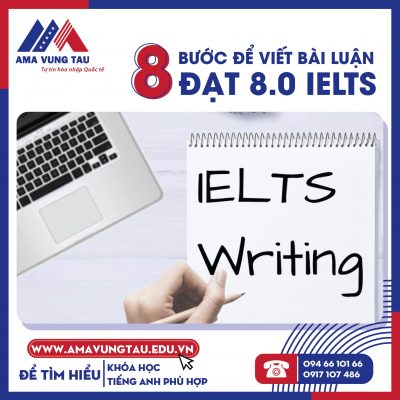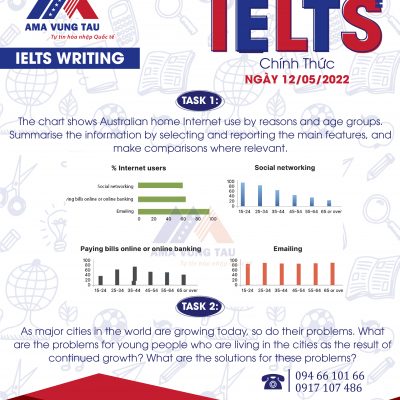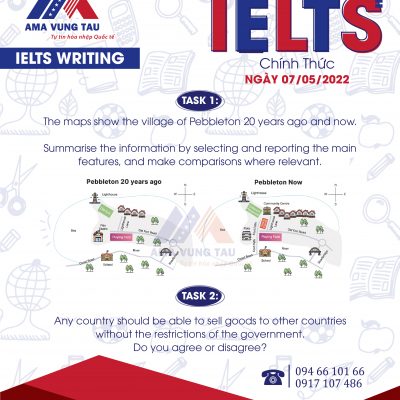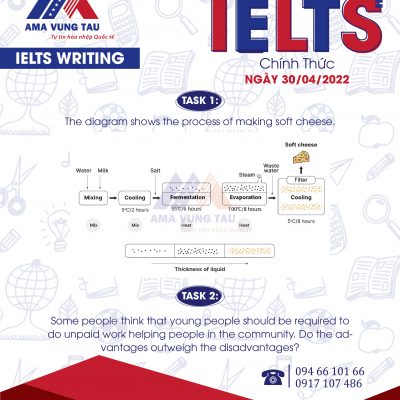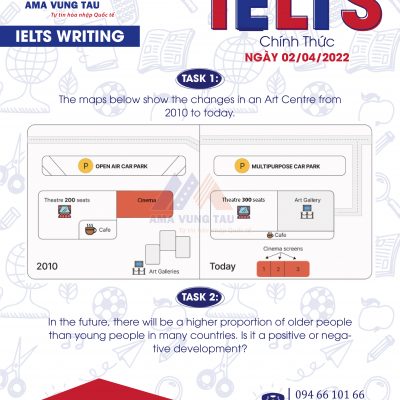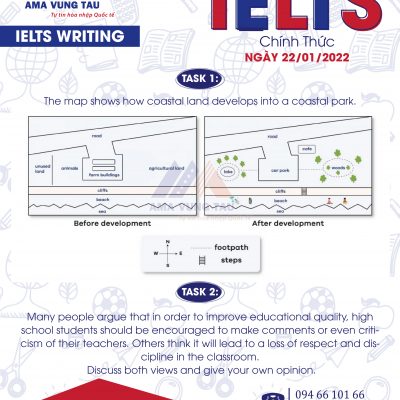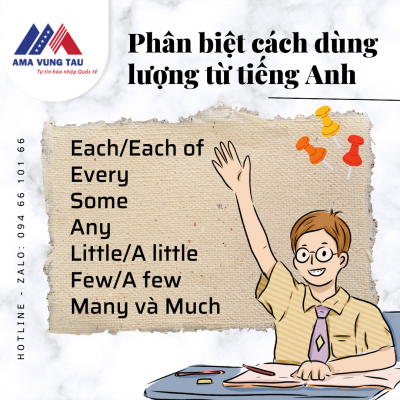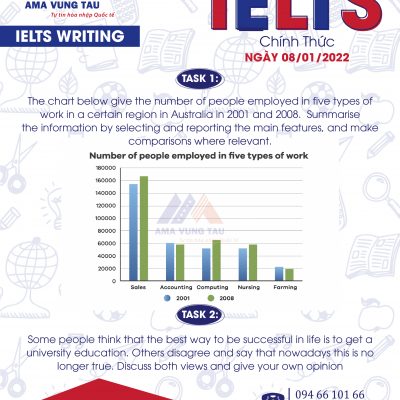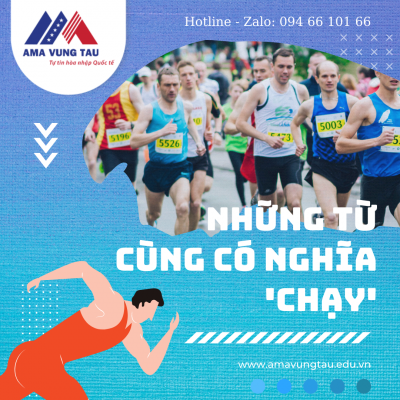Task 1: School building plan
| The diagrams below show the site of a school in 2004 and the plan for changes to the school site in 2024. |
Sample
The two maps depict a possible concept for a school in order to satisfy the increasing demand for its pupils from 2004 to 2024.
Overall, the appearance of the third school building and the second car park, among other things, has changed significantly at the school.
In 2004, the school only had two classroom buildings and a parking lot, with adequate space for 600 pupils. Furthermore, a walkway going from the main gate in the west to the sports field in the east of the school grounds divided two school buildings.
The school is expected to undergo significant renovations in 2024 in order to accommodate 1000 students. As a result, the sports field is planned to be relocated in order to create room for the construction of a new school building and a new parking lot adjacent to it. As a result, the area of the sports field would be reduced and it is going to be shifted to the south. A new road from the main entrance may also be used to transport vehicles to the second car lot. Finally, the aim is to link the two original school buildings, with the original route connecting them to the third structure.
- Pupil (n): học sinh
- Undergo (v): trải qua
- Accommodate (v): đáp ứng nhu cầu ăn ở
- Adjacent (adj): gần kề
Phân tích
Nhìn chung điểm khác biệt của 2 bản đồ nằm ở việc xây thêm một school building và bãi đậu xe mới. Do đó cần nhắc tới ngay trong phần khái quát.
Mỗi đoạn tiếp theo mô tả sơ đồ của từng năm. Năm 2004 chỉ có 2 toà nhà cách nhau bởi 1 đường đi, và 1 bãi đậu xe, do đó chỉ có thể đủ cho 600 học sinh. Tuy nhiên kế hoạch trong tương lai sẽ có thêm 1 toà nhà thay thế vào sân vận động cũ, và sân sẽ được dời xuống phía nam. Bên cạnh đó trường sẽ có xây thêm một con đường lớn để nối các toà nhà với nhau.
Các động từ được sử dụng ở thể bị động (relocate, reduce, shift, use,…) đi kèm với các giới từ chỉ vị trí ( in the west, in the east, adjacent to, to the south,…).
Task 2: Controlling the use of fresh water
| Some people think that people should be given the right to use freshwater as they like. Others believe governments should strictly control the use of freshwater. Discuss both views and give your own opinion. |
Sample
Water is a vital natural resource that nature has bestowed upon humanity. While some believe that freshwater usage should be regulated by the government, others believe that it should be accessible for people to consume as much as they wish. In this paper, I would discuss both points of view in depth and present examples to show why the first assertion is correct.
There are two reasons why advocates feel that freshwater should be plentiful for the general public. First and foremost, fresh water is a basic human requirement for everyday activities and should be given at no cost. Different functions, such as drinking, washing clothing, bathing, and so on, are basic necessities for every individual without which they would perish. Furthermore, they believe that governments should ensure that rainwater collection pits are built at appropriate locations in order to boost groundwater availability during the rainy season.
Others, including myself, believe that strong policies should steer people in the proper direction to utilise water in a restricted manner in order to save it for future generations. Pure water amenities are enjoyed by only the wealthier communities due to a lack of good administration, leaving the poor in the lurch. Aside from that, the mismanagement of this natural resource is a contributing factor. For amusement and enjoyment, many resorts and hotels, for example, use millions of gallons in games and swimming pools.
To summarise, many individuals believe that government laws should manage freshwater distribution, while others believe that there should be no price for using it. I totally agree that local governments should rigorously supervise its use because it is a basic need for everyone and should be shared equally between the affluent and the poor.
- Perish (v): gặp khó khăn lớn
- Steer (people) (v): định hướng cho người dân
- Leave s.th in the lurch (v): bỏ mặc cái gì
- The affluent (n): người giàu
- The poor (n): người nghèo
Phân tích
Phần mở bài nêu 2 ý kiến trái chiều về việc sử dụng nguồn nước, cũng như nêu rõ quan điểm tác giả nghiêng về ý kiến nhà nước nên quản lý vấn đề này.
Đoạn thân bài 1 giải thích lý do người dân nên được sử dụng nguồn nước một cách tự do: phục vụ nhu cầu thiết yếu để ăn uống, tắm giặt,…Bên cạnh đó đưa ra gợi ý nhà nước nên xây dựng các bể chứa nước để giúp người dân có nước sạch để dùng thường xuyên.
Tuy nhiên ở đoạn thân bài 2 khẳng định lại vai trò quan trọng của Nhà nước trong việc định hướng cho người dân sử dụng nguồn nước hợp lý, không để người nghèo thiếu nước sạch để dùng. Nhà nước cũng cần tăng cường quản lý nguồn nước đối với các dịch vụ du lịch vì đây là ngành sử dụng nước rất nhiều.
Các cụm từ chỉ dẫn được sử dụng: First and foremost, Furthermore, Aside from that, To summarise,…để giúp người đọc định vị thông tin. Bên cạnh đó việc sử dụng các ví dụ, dẫn chứng cụ thể giúp bài viết trở nên dễ hiểu và tăng tính thuyết phục.
